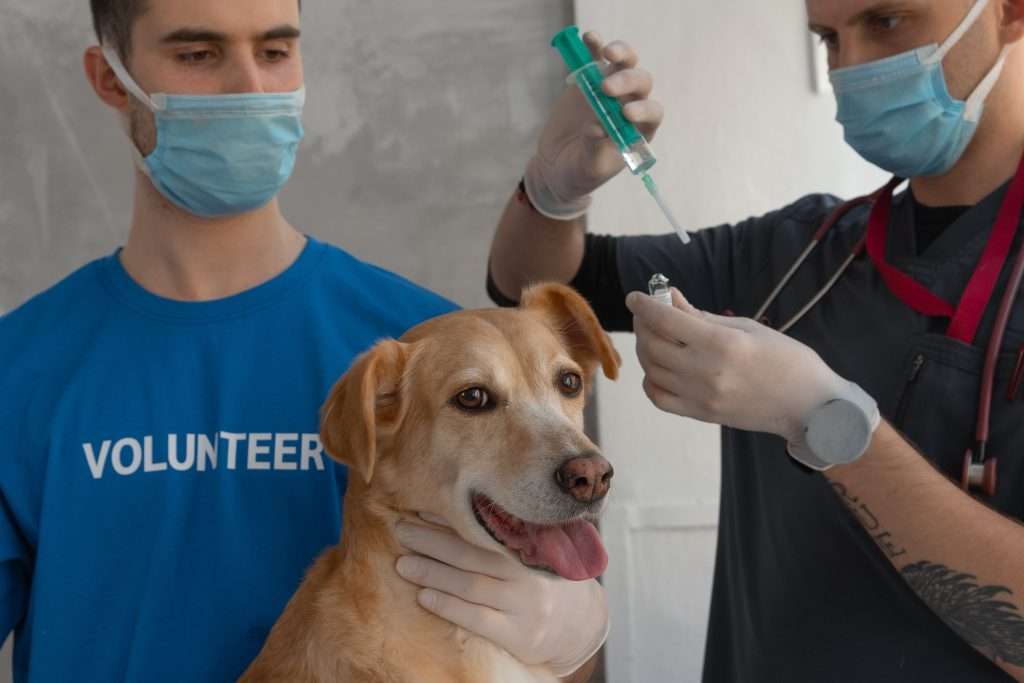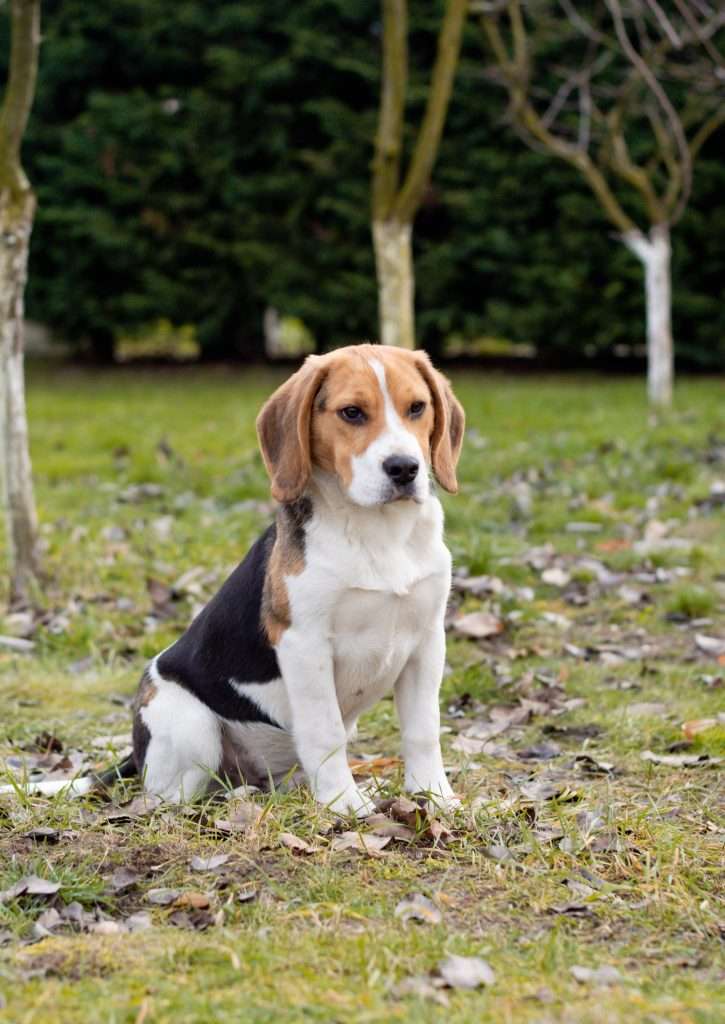The Ultimate Guide to Choosing the Right Brush for Your Dog’s Coat Type: Grooming Tips for a Healthy, Shiny Fur

Introduction:
A well-groomed coat is essential for your dog’s overall health and well-being. Regular brushing keeps your dog looking and feeling great and helps prevent matting, reduces shedding, and distributes natural oils throughout the fur. But with so many brush types available, how do you choose the right one for your dog’s specific coat type? This ultimate guide will help you understand the different kinds of dog brushes and how to select the perfect one for your canine companion. We’ll also share expert grooming tips for maintaining a healthy, tangle-free, shiny coat.

Body:
- Understanding Different Coat Types
- Short, smooth coats: Breeds such as Boxers, Beagles, and Dalmatians have short, close-lying hairs.
- Short, dense coats: Breeds like Labrador Retrievers and Rottweilers have a thick undercoat beneath a layer of short hairs.
- Long, silky coats: Breeds such as Yorkshire Terriers and Maltese have long, flowing hairs without an undercoat.
- Long, double coats: Breeds like Golden Retrievers and German Shepherds have a dense undercoat beneath a layer of longer hairs.
- Curly or wavy coats: Breeds such as Poodles and Bichon Frises have curly or wavy hairs prone to matting.
- Types of Dog Brushes and Their Uses
- Bristle brushes: Suitable for all coat types, these brushes are ideal for removing loose hairs and adding shine to short, smooth coats.
- Slicker brushes: With fine, closely-spaced bristles, these brushes are perfect for detangling and removing loose hairs from long, silky coats and curly or wavy coats.
- Pin brushes: Featuring long, widely-spaced bristles, these brushes work well for fluffing and detangling long, double coats.
- Undercoat rakes: Designed to remove loose undercoat hairs without damaging the topcoat, these rakes are ideal for dogs with short, dense coats or long, double coats.
- Tips for Choosing the Right Brush
- Consider your dog’s coat type: Assess your dog’s coat type and choose a brush designed specifically for that type of fur.
- Look for high-quality materials: Invest in a brush made from durable materials with gentle yet effective bristles.
- Opt for an ergonomic design: A comfortable grip and ergonomic design will make brushing easier for you and your dog.
- Expert Grooming Tips
- Brush your dog regularly: Regular brushing helps prevent matting, reduces shedding, and distributes natural oils throughout the coat.
- Start with a gentle touch: Begin brushing with gentle strokes, gradually increasing pressure as your dog becomes accustomed to the process.
- Brush in the direction of hair growth: Always brush in the direction of your dog’s hair growth to avoid discomfort.
- Take care of tangles and mats: Address tangles and mats with a slicker brush or dematting tool to prevent them from becoming more severe.
Summary:

Choosing the right brush for your dog’s unique coat type is essential for maintaining healthy, tangle-free, shiny fur. By understanding the different kinds of dog brushes and their uses, you can select the perfect grooming tool for your canine companion. Regular brushing keeps your dog looking and feeling great and helps prevent matted fur in the future.








